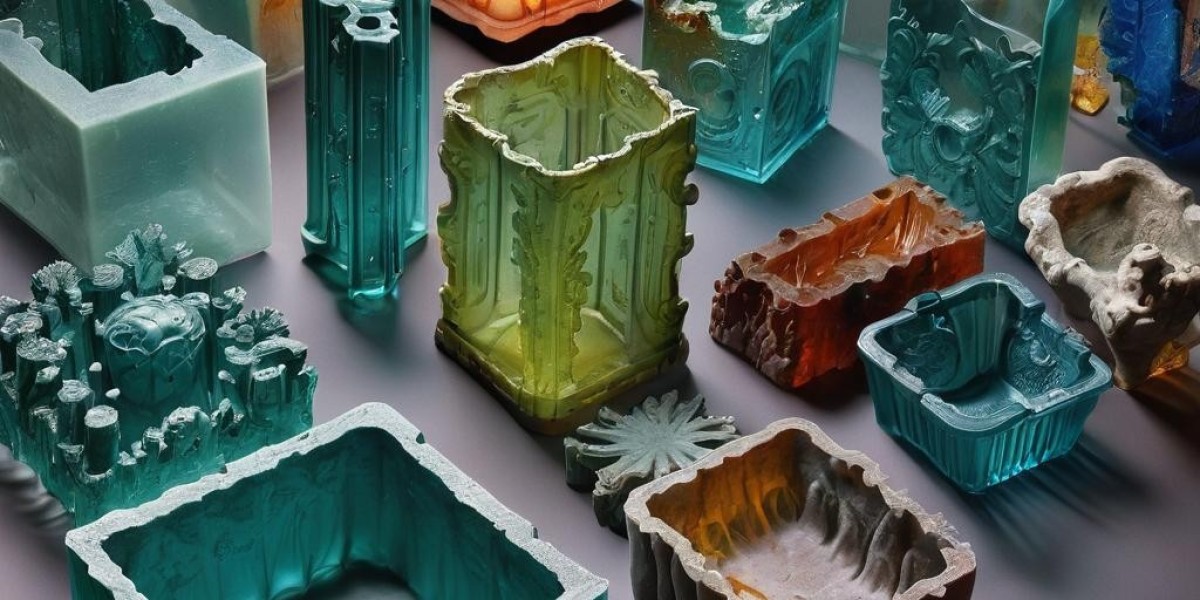The History and Evolution of Glass Molds
Glass molds have been used in sculpting for centuries, dating back to ancient civilizations such as Egypt and Mesopotamia. These early molds were made from materials like clay and stone.
The use of glass molds in sculpting became more widespread during the Renaissance period, when artists began experimenting with different materials and techniques. The development of glassblowing techniques also contributed to the use of glass molds in sculpture.
Over time, glass molds have evolved to become more intricate and detailed, allowing sculptors to create highly realistic and complex forms. Today, glass molds are used in various sculpting techniques, from traditional glassblowing to modern glass casting.
The history and evolution of glass molds is a testament to the ingenuity and creativity of sculptors throughout the ages.
Types of Glass Molds Used in Sculpting
There are several types of glass molds used in sculpting, each with its own unique characteristics and applications.
One common type of glass mold is the open-faced mold, which consists of a single cavity that is used to shape the glass. This type of mold is often used for creating flat or shallow objects.
Another type of glass mold is the closed mold, which has multiple cavities that create a three-dimensional shape. Closed molds are commonly used in glass casting techniques.
Additionally, there are specialized molds for specific sculpting techniques, such as slumping molds for creating curved forms and texture molds for adding unique patterns and designs.
The choice of glass mold depends on the desired outcome of the sculpture and the techniques used by the sculptor.
Techniques for Creating Glass Molds
Creating glass molds requires skill and expertise, as well as an understanding of the properties of glass.
One common technique for creating glass molds is the lost-wax casting process. This involves creating a mold from a wax model, then melting the wax away and replacing it with molten glass.
Another technique is the ceramic shell mold process, where layers of ceramic material are applied to a wax model and then fired in a kiln. The wax melts away, leaving a hollow ceramic mold that can be filled with glass.
Some sculptors also use silicone molds, which are flexible and allow for easy release of the glass sculpture.
Regardless of the technique used, creating glass molds requires precision and attention to detail to ensure the final sculpture turns out as intended.
Innovative Applications of Glass Molds in Sculpture
Glass molds have opened up new possibilities for sculptors, allowing them to create intricate and detailed pieces that were once thought impossible.
One innovative application of glass molds is in the creation of glass sculptures with internal structures or patterns. By using specialized molds, sculptors can incorporate intricate designs and textures within the glass, resulting in stunning visual effects.
Glass molds have also revolutionized the field of glass casting, allowing for the creation of large-scale sculptures that were previously difficult to achieve. With the use of advanced mold-making techniques, sculptors can create complex forms and capture fine details in their glass sculptures.
The innovative applications of glass molds in sculpture continue to push the boundaries of what is possible in the art form, inspiring artists to explore new techniques and create captivating works of art.
Tips for Choosing the Right Glass Molds for Your Project
When choosing glass molds for your project, there are several factors to consider.
First, consider the type of sculpture you want to create. Different molds are suited for different types of sculptures, so it's important to choose one that aligns with your artistic vision.
Next, consider the size and complexity of your sculpture. Some molds are better suited for small, detailed pieces, while others are designed for larger, more intricate sculptures.
It's also important to consider the materials used in the mold. High-quality materials will result in a higher-quality finished sculpture.
Lastly, consider your own skill level and experience. Some molds may require more advanced techniques or equipment, so choose one that matches your abilities.
By considering these factors and doing thorough research, you can choose the right glass molds for your project and create a stunning piece of art. Shop Now Glass Candle Molds.








